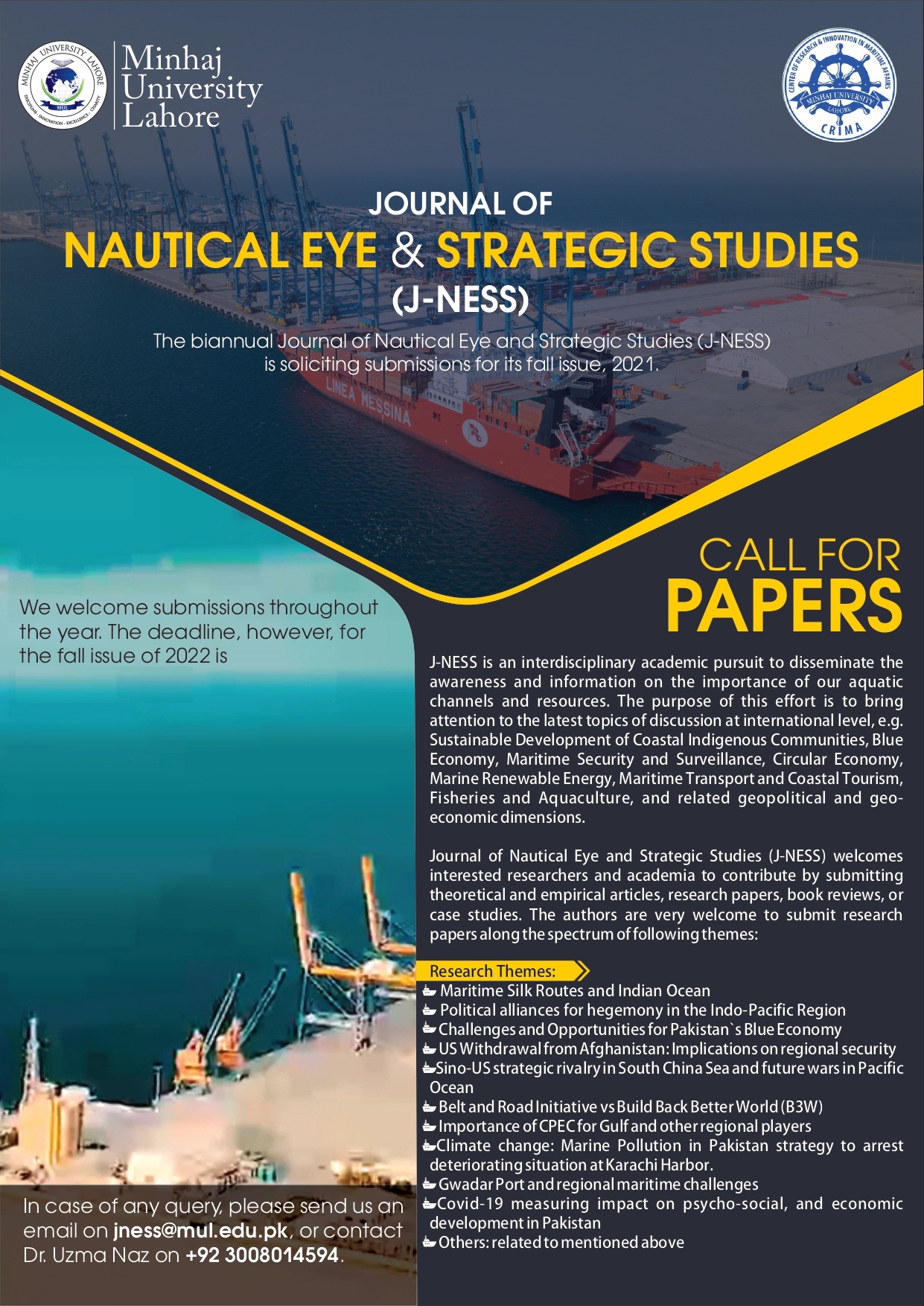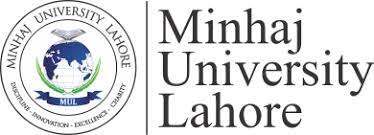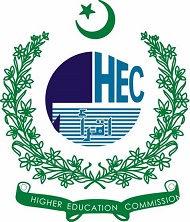Game Changer for Pakistan: Significance of Gwadar for Pakistan Economy & Factors of Underutilization of Gwadar Port
DOI:
https://doi.org/10.58932/MULG0017Keywords:
Transit hub, Strategic location, Economic growth, Gwadar Free Zone, Special economic zone, China-Pakistan Economic Corridor (CPEC), Belt and Road Initiative (BRI)Abstract
Gwadar is a game-changer for Pakistan's economy because of its tremendous potential for growth and development across many industries. The Pakistani government initiated the Gwadar Port Project in the early 2000s with the goal of making the deep-sea port a significant entrance point for trade and business, linking Pakistan with the Middle East, Central Asia, and other regions. The project was built and run mostly by China, with financial support from Pakistan.
China-Pakistan Economic Corridor (CPEC) initiative will play a significant role in the development of Gwadar, which is now viewed as a strategic asset for Pakistan and China's economic interests. CPEC aims to connect China's western region with the Gwadar port through a network of highways, railways, and pipelines. Gwadar is an essential part of China's Belt and Road Initiative (BRI), a vast infrastructure and development project that aims to improve regional connectivity and promote economic growth throughout Asia and beyond.
Gwadar is a key strategic asset for Pakistan's economy with the potential to fundamentally alter the country's trade and commerce environment. It is located at the junction of crucial trade and energy routes and has the potential to become a gateway to the rest of the globe, connecting Pakistan to Central Asia, the Middle East, and beyond. Thanks to its deep-water facilities and advantageous location, the port makes a perfect transit point for both international trade and energy supplies via pipelines and other infrastructure. The Gwadar Free Zone, a special economic zone within the port, aims to attract investment and provide a business-friendly environment for businesses. This will enhance possibilities.
Pakistan has a coastline of approximately 1,050 kilometers along the Arabian Sea, making it a country with significant potential to harness the benefits of the ocean for its economy. Pakistan can harness the benefits of the ocean for its economy by investing in its fishing industry, shipping industry, offshore oil and gas exploration, tourism industry, and renewable energy sector. The government must ensure sustainable and responsible use of ocean resources while promoting economic growth.
References
Caimotto, M. C. (2022). Climate change and sustainability. In Lifestyle Politics in Translation. https://doi.org/10.4324/9781003266938-8
Collection, D. (2005). Pakistan ’ s Gwadar port prospects of economic revival NAVAL POSTGRADUATE. December.
Committee, P. (2015). Ministry of Ports & Shipping Gwadar Port Authority Gwadar Port & CPEC. November.
Downloaded from: www.csstimes.pk. (n.d.).
HARUTYUNYAN, A. (2019). China’S “One Belt, One Road” Initiative and Its Impact in Central Asia. In the Countries and Peoples of the Near and Middle East. https://doi.org/10.52837/18291422-2019.32a-284
Haslam, N. (2016). Concept Creep: Psychology’s Expanding Concepts of Harm and Pathology. Psychological Inquiry, 27(1), 1–17. https://doi.org/10.1080/1047840X.2016.1082418
Kamran, T. (n.d.). Sani H. Panhwar.
Khan, N. A. (2018). Geo-Political Significance of Gwadar Port: Challenges and Prospects. Journal of Security and Strategic Analyses, 4(1), 86–107.
Khan, S. (2019). Factors Responsible for Promoting Religious Extremism in Pakistan : A Case of Khyber Pakhtunkhwa Key Words : Religious Extremism , Pashtun , Taliban Introduction Soviet Union Invasion of Afghanistan and its Aftermath Role of Pakistan Role of
Madrassas. IV(II), 50–56. https://doi.org/10.31703/grr.2019(IV-II).06
Kosiński, L. A., & Elahi, K. M. (1985). Population Redistribution and Development in South Asia. 256.
Los, U. M. D. E. C. D. E. (n.d.). No 主観的健康感を中心とした在宅高齢者における 健康関連指標に関する共分散構造分析Title.
Mathematics, A. (2016). The army and democracy. 1–23.
McCartney, M. (2021). The Dragon from the Mountains. In The Dragon from the Mountains. https://doi.org/10.1017/9781108991902
Mir, A. (2018). What explains counterterrorism effectiveness? Evidence from the U.S. Drone War in Pakistan. International Security, 43(2), 45–83. https://doi.org/10.1162/ISEC_A_00331
Muzaffar, M., Yaseen, Z., & Ishfaq, U. (2016). Pakistan’s Foreign Policy: Initial Perspectives and Stages. Global Regional Review, I(I), 61–74. https://doi.org/10.31703/grr.2016(i-i).05
Pakistan’s religious extremists are holding the government to ransom | The Economist. (n.d.). Retrieved November 20, 2022, from https://www.economist.com/asia/2021/04/24/pakistans-religious-extremists-are-holding-the-government-to-ransom?gclid=CjwKCAiAmuKbBhA2EiwAxQnt74uTn8jVeBHkh4UZ7K1u8LI1GkGCm1IAG1u1D9JSjoDu3Ts0k0pRqhoCSrcQAvD_BwE&gclsrc=aw.ds
Polastro, R., Nagrah, A., Steen, N., & Zafar, F. (2011). Inter-agency real time evaluation of the humanitarian response to Pakistan’s 2010 flood crisis. In Madrid: DARA (Issue March). http://www.alnap.org/pool/files/1266.pdf
RASOOL, A., & HASSAN, M. A. (n.d.). CPEC - Prospects and Challenges for Agriculture in Pakistan. 1–104.
Saoud, M. (2019). The Influence of China-Pakistan Economic Corridor (CPEC) on Pakistan’s Power Position-A Case Study on CPEC. https://nmbu.brage.unit.no/nmbu-xmlui/handle/11250/2623376
The Belt and Road Initiative in the global trade, investment and finance landscape. (2018). 61–101. https://doi.org/10.1787/bus_fin_out-2018-6-en
Usher, G. (2008). The struggle for Pakistan continues. In Middle East Report (Vol. 38, Issue 246).
Yousaf, T. A. (2012). Is Gwadar Port an Economic Haven for Balochistan and Pakistan ? June, 1–59.
Downloads
Published
How to Cite
Issue
Section
License
Copyright (c) 2023 Journal of Nautical Eye and Strategic Studies

This work is licensed under a Creative Commons Attribution-NonCommercial 4.0 International License.










